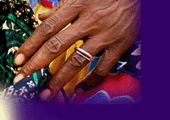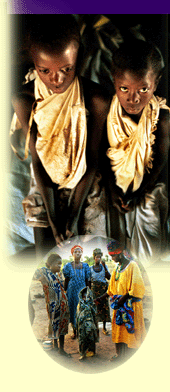
Between 100 and 180 million women, most of them in Africa, have undergone the harmful traditional practice of female genital cutting (FGC). Although eliminating FGC can be seen as a human rights and gender violence issue, efforts to eradicate the practice must take into account complex social, religious, cultural and even economic issues that surround its perpetuation. Accordingly, USAID supports community-level efforts to integrate FGC prevention into ongoing activities in culturally sensitive ways.
The PRIME II Project worked to expand the role of primary-level providers and communities in
eliminating FGC. Insufficient information about FGC and its associated health
risks and a lack of incentives to abandon the practice are cited by WHO as the
principal reasons that providers are not making more inroads against FGC.
Additionally, programs that work only with providers, without considering the
motives and beliefs of families and communities that practice FGC, are usually
ineffective. PRIME II’s FGC eradication strategies in Mali and Ethiopia involved a comprehensive approach to behavior change among providers, family members and communities.
In this context, PRIME II interventions addressed the knowledge, skills and attitudes of providers concerning FGC, while also striving to establish a role for providers in working with community leaders on activities aimed at changing attitudes toward FGC and reducing its incidence.
Photo Credit: Ami Vitale
|











